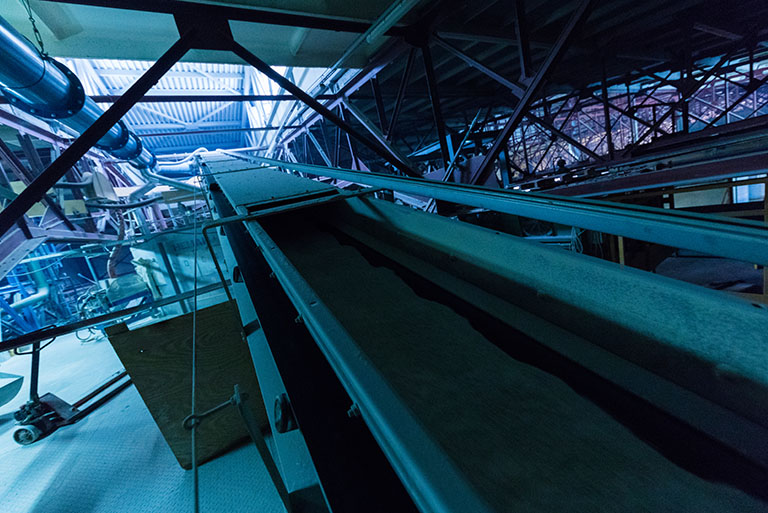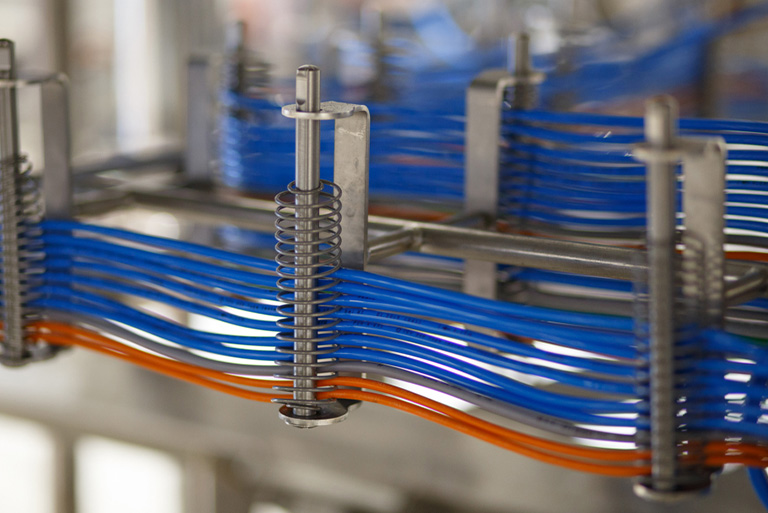What Is Belt Mistracking?
Belt mistracking happens when a conveyor belt veers off its intended path during operation. While it might seem like a minor inconvenience, the effects can quickly snowball — leading to safety concerns, damaged components, product spillage, and unplanned downtime.
What makes belt mistracking especially frustrating is how frequently it’s patched up with temporary fixes, rather than addressed at the root. Understanding what causes mistracking is the key to preventing it and keeping your system running smoothly.
In this guide, we’ll break down the 10 most common root causes of belt mistracking, explain how to spot them early, and share simple, effective ways to prevent future misalignment.
10 Common Causes of Belt Mistracking
Let’s explore the leading causes behind belt mistracking and what you can do about them:
1. Poor Belt Installation: A belt that’s not properly centered or tensioned during installation is likely to cause tracking problems from day one. Start strong by following the manufacturer’s guidelines and using proper tools for alignment.
2. Pulley Misalignment: If the head, tail, or snub pulleys are not square to the frame, the belt will naturally drift. Even minor misalignments can lead to consistent tracking issues over time.
3. Uneven Belt Tension: When one side of the belt is tighter than the other, it causes the belt to pull in that direction. This often results from poor tensioning procedures or uneven loading.
4. Worn or Damaged Rollers: Rollers that are not rotating freely or have surface damage disrupt the smooth path of the belt. This uneven movement gradually causes the belt to shift off center.
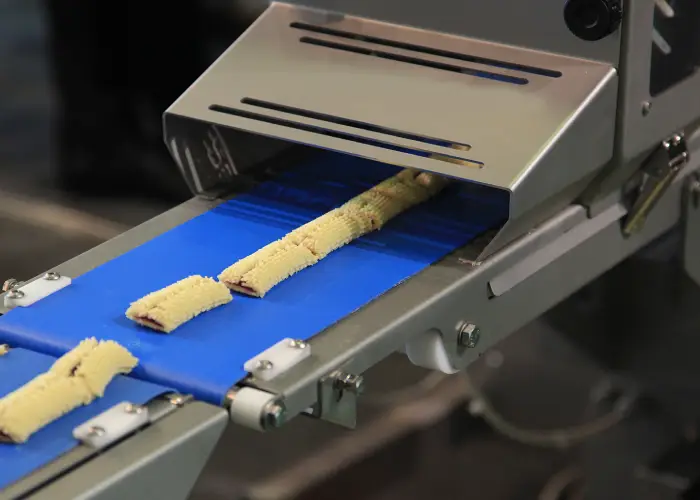
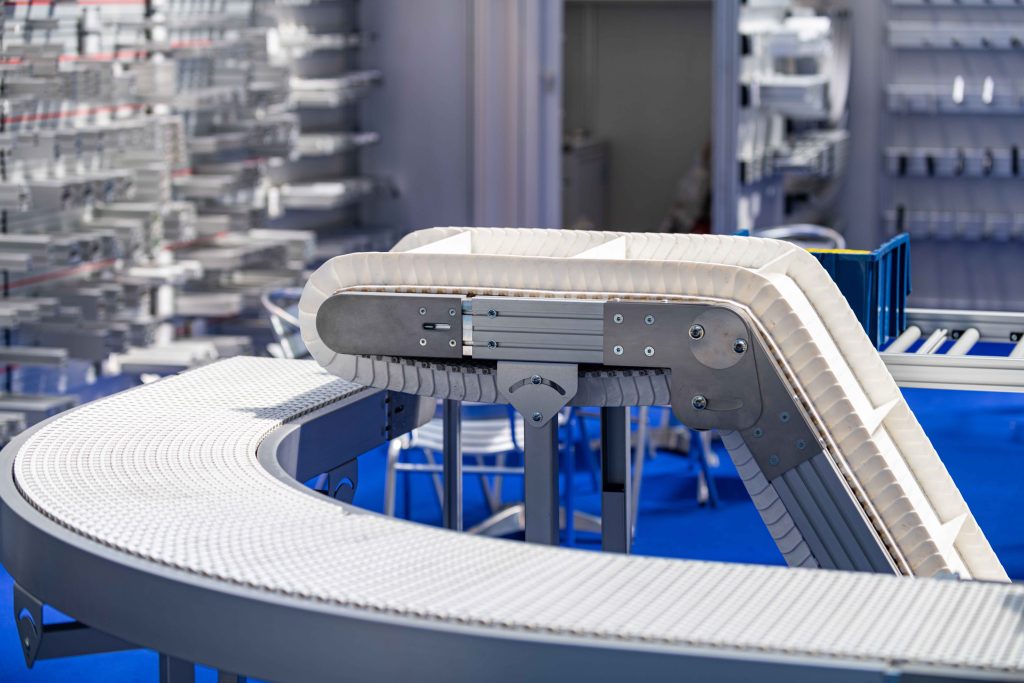
5. Material Build-Up: Dirt, dust, or product residue can accumulate on pulleys and return idlers. This build-up creates friction and uneven surfaces, which affect the belt’s tracking.
6. Off-Center Loading: When material is loaded unevenly — often due to misaligned chutes or inconsistent flow — the belt compensates by moving toward the heavier side.
7. Inadequate Belt Support: If the belt sags between rollers due to poor idler spacing or weak support, it increases the chances of mistracking, especially when loads are heavy or belts run at high speed.
8. Structural Deformation: Frames that are warped, bent, or damaged — even slightly — can cause long-term belt tracking issues. Conveyor systems should be regularly inspected for structural integrity.
9. Environmental Conditions: Outdoor or semi-enclosed conveyor systems are especially vulnerable. Wind, rain, temperature changes, or even vibration from nearby equipment can affect belt behavior and alignment.
10. Belt Damage or Wear: Frayed edges, cracks, and uneven wear on the belt surface disrupt consistent tracking. Even the best-aligned systems will struggle if the belt itself is compromised.
Early Signs of Belt Mistracking
Recognizing the early warning signs of belt mistracking is essential to avoiding costly repairs and operational downtime. One of the most common indicators is when the belt starts to rub against the conveyor frame or surrounding components, which can gradually wear down both the belt and the structure. You might also notice frayed or torn edges on the belt, often a result of prolonged misalignment.
In many cases, unusual sounds such as squealing or scraping signal that something is off in the belt’s path. Another telltale sign is when the belt visibly drifts toward one side during operation, rather than staying centered.
Lastly, if your system is frequently shutting down due to triggered safety switches, it may be reacting to the belt veering too far off its intended course. Addressing these signs early can help prevent more serious damage and extend the lifespan of your conveyor system.
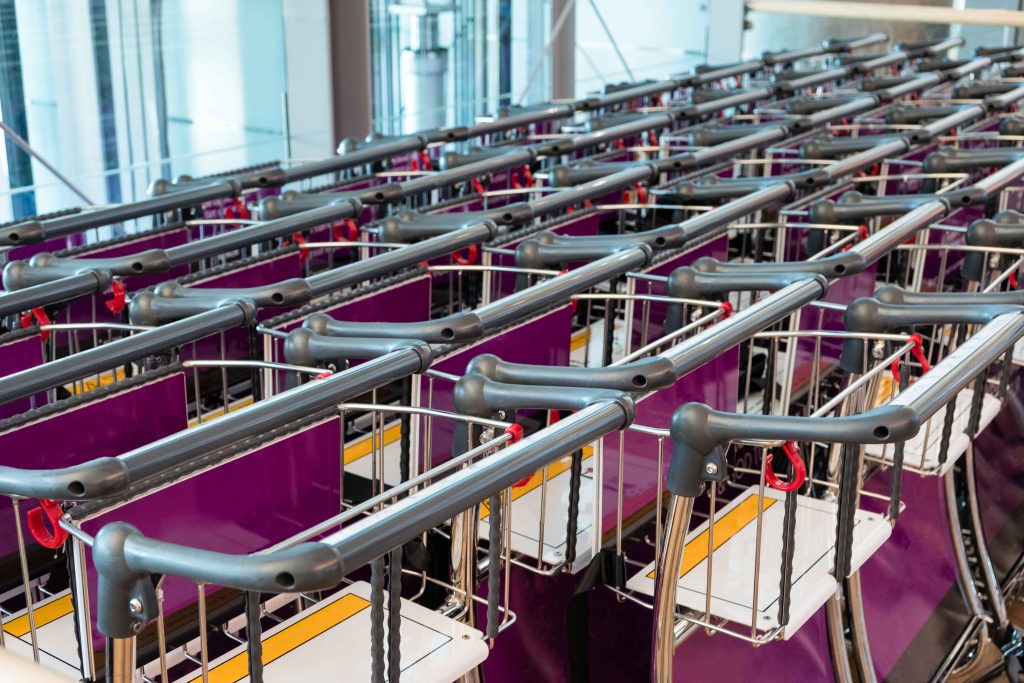
How to Prevent Belt Mistracking
Preventing belt mistracking begins with proper installation. When a belt is correctly aligned and tensioned from the outset, it’s far less likely to develop tracking issues later on. Regular inspections are also essential, making it a habit to check the alignment of pulleys, rollers, and the conveyor structure can catch potential problems before they escalate. Keeping your conveyor system clean is another critical step; material build-up on rollers or pulleys can easily throw the belt off track. It’s also important to ensure that materials are loaded evenly onto the belt, as off-center loading creates imbalanced forces that lead to misalignment.
Additionally, your operations team should be trained to recognize the subtle symptoms of mistracking and encouraged to report any irregularities promptly. In more complex or high-load systems, the use of self-aligning idlers and belt tracking devices can provide long-term control and minimize manual adjustments. By following these practices, you’ll set your conveyor up for smoother, more reliable performance.
Conclusion: Keep Your Belt on Track
Belt mistracking doesn’t have to derail your operations. By understanding the core causes — from installation flaws to environmental factors — and investing in consistent maintenance, you can extend the life of your equipment and reduce costly downtime.
If you’re dealing with persistent belt tracking problems, you don’t have to solve them alone.
Ready to take control of your conveyor system?
💡 Let our specialists assess your setup and recommend tailored solutions.
Contact us today to book a professional inspection or get expert advice on belt alignment systems that work for your environment.


